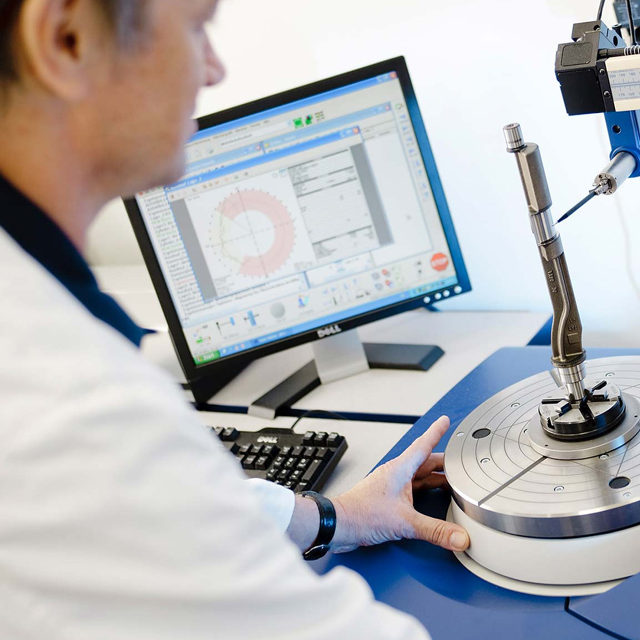How to Prepare for Your First ISO Audit: Expert Tips & Checklist
The ISO certification process is an essential step in ensuring that your business meets international standards for quality, safety, and efficiency. The ISO audit is a critical part of this process, and preparing for your first ISO audit can feel overwhelming. However, with the right approach, you can navigate this process smoothly and successfully.
In this article, we will discuss expert tips and provide a checklist to help you prepare for your first ISO audit. This guide is designed to give you a clear understanding of the audit process and the steps you need to take to ensure that your organization is ready to pass the audit with flying colors.
Understanding ISO Audits
Before diving into preparation tips, it’s important to understand what an ISO audit is and its significance in the certification process.
An ISO audit is an assessment conducted by an accredited third-party certification body to verify whether your organization’s management systems, processes, and operations meet the requirements outlined in the relevant ISO standard. There are typically two stages to the ISO audit:
• Stage 1 Audit (Documentation Review):
• Stage 2 Audit (On-Site Audit):
The ISO audit process is designed to assess the effectiveness of your management system, identify areas for improvement, and confirm that you are meeting the necessary quality standards.
Expert Tips for Your First ISO Audit Preparation
1. Understand the ISO Standard You Are Being Audited For
The first step in preparing for an ISO audit is to thoroughly understand the ISO standard your organization is seeking certification for. This is crucial because the auditor will be assessing whether your processes align with the specific requirements of that standard.
For example, if you are preparing for an ISO 9001 (Quality Management System) audit, you should be familiar with the key principles of quality management, such as customer focus, leadership, and continuous improvement.
Tip: Download and study the full text of the relevant ISO standard. Identify the key clauses and requirements and ensure that your processes meet these standards.
2. Review and Update Your Documentation
Your ISO certification will depend on your documented systems and procedures. As part of your audit preparation, you need to ensure that your documentation is complete, accurate, and up to date. The auditor will examine your documentation in detail, so make sure all policies, procedures, work instructions, and records are in place and aligned with the ISO standard.
Tip: Conduct an internal review of your documentation and involve relevant departments in the process. A thorough documentation review ensures you are prepared for the Stage 1 audit.
3. Conduct Internal Audits and Gap Analysis
Before the official ISO audit, it’s helpful to perform internal audits or a gap analysis. This step involves evaluating your current processes against the ISO standard to identify any discrepancies or areas of non-compliance. An internal audit will allow you to spot potential issues and take corrective action before the auditor arrives.
Tip: Conduct a pre-audit assessment or hire a consultant to carry out a gap analysis. This will help ensure that any potential issues are identified and resolved in advance.
4. Prepare Your Team
An ISO audit is not just about documentation—it’s also about the people who are involved in implementing and maintaining your processes. Therefore, it’s crucial to prepare your team for the audit. Ensure that everyone is familiar with their roles and responsibilities and understands the procedures they are expected to follow.
Tip: Conduct mock audits or internal walkthroughs to help your team become familiar with the process and gain confidence. This can also help identify any gaps in knowledge or training.
5. Ensure Proper Record-Keeping
ISO audits often focus on the documentation and records that demonstrate your organization’s compliance with the ISO standard. Ensure that all records are complete, accurate, and readily available for the auditor.
Tip: Organize all records and make sure they are easily accessible for the audit. Keep everything in a systematic manner that aligns with the auditor’s needs.
6. Establish Clear Communication Channels
Communication is key during an ISO audit. You need to ensure that you are effectively communicating with the auditor and that all relevant departments and employees are aligned throughout the process.
Tip: Prepare a communication plan and review it with your team before the audit. Make sure everyone knows their role in the process and who to approach with questions.
ISO Audit Preparation Checklist
Here’s a handy checklist to guide you through the preparation process:
Documentation Preparation:
Internal Audit and Gap Analysis:
Team Preparation:
Record-Keeping:
Communication and Coordination:
Conclusion
Preparing for your first ISO audit can be daunting, but with the right approach and thorough preparation, you can ensure a smooth and successful audit process. By understanding the ISO standard, reviewing and updating your documentation, training your team, and conducting internal audits, you’ll be well-equipped to demonstrate your commitment to quality, safety, and efficiency.
Remember, an ISO audit is not just a one-time event—it’s an ongoing process that helps your organization continuously improve and maintain compliance with international standards. By following these expert tips and utilizing the checklist, you’ll be ready to tackle your first ISO audit with confidence and set the foundation for long-term success.















